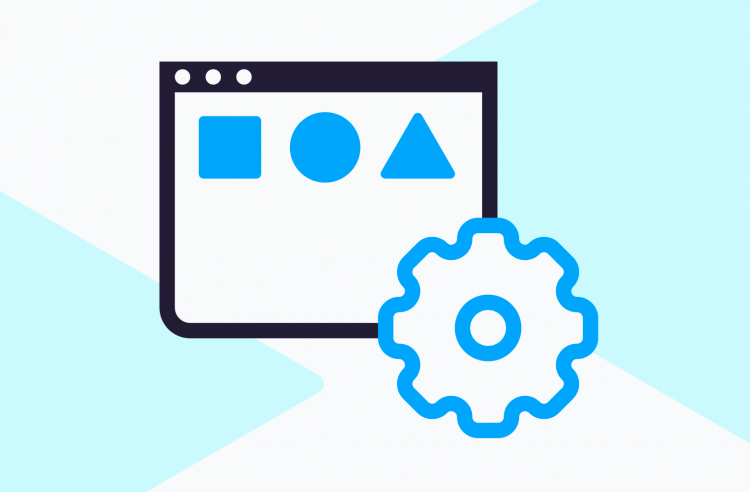The year is 2021 and so is the number of different web content tools and frameworks at our disposal, or at least that's what it seems. From social media ads to Google search results, it’s easy to feel overwhelmed by the modern options for creating, or updating, a content site.
As an agency with decades of experience building digital products, we believe there are two architectural options for a modern web content application worth considering: a “monolithic” CMS approach that has more or less been the status quo for content management for decades, and a decoupled or “headless” API approach that, though relatively new, has gained serious popularity in recent years (and for good reason).
In capturing some of the nuances of these modern approaches to web content architecture, our goal with this series is to help you select the solution that works best for your institution, whether you are creating a new web application or embarking on a redesign.







